The Creamery
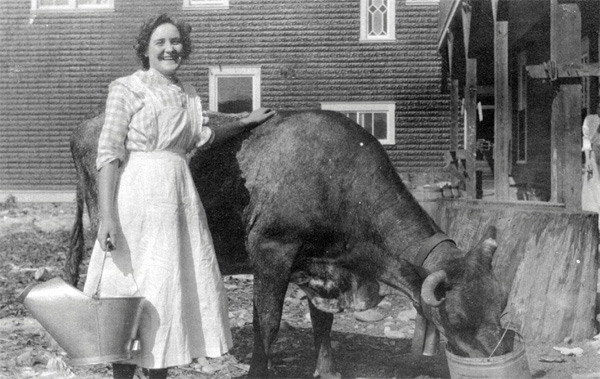
Families and businesses, such as the Occidental Hotel pictured here, commonly kept livestock to provide them with the food they needed. .
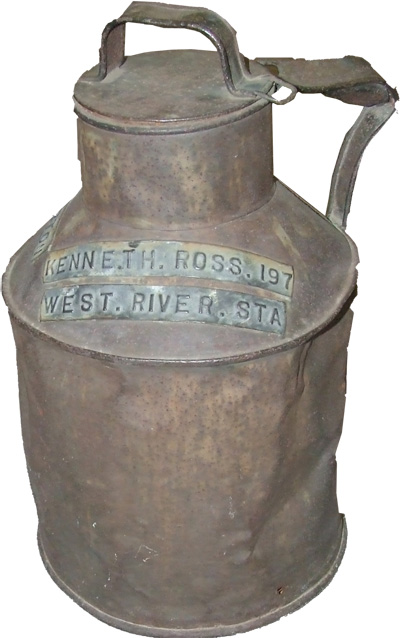
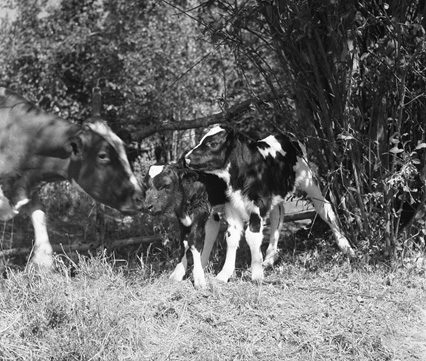
Many people processed their own dairy at home, making butter, cheeses, cream and ice cream
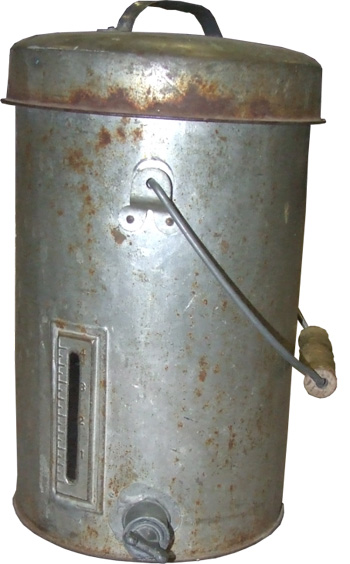
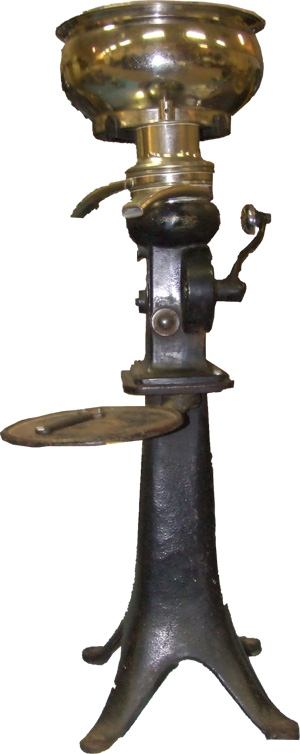
These are 2 styles of cream separators. The cream separator on the right is operated by cranking the handle. Once the machine is up to speed fresh milk is poured in the top. The spinning motion quickly separates the lighter cream from the heavier milk.
The cream separator on the left relies on time and gravity to separate cream from the milk.

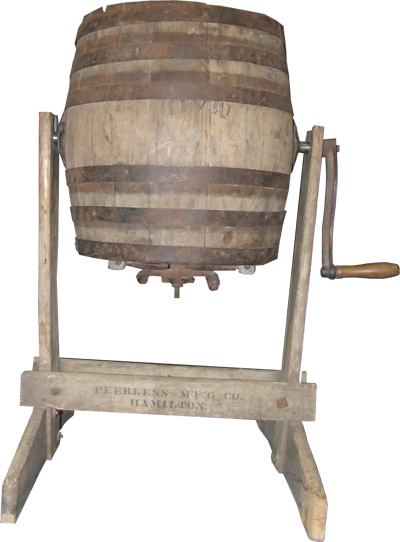
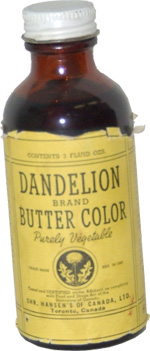
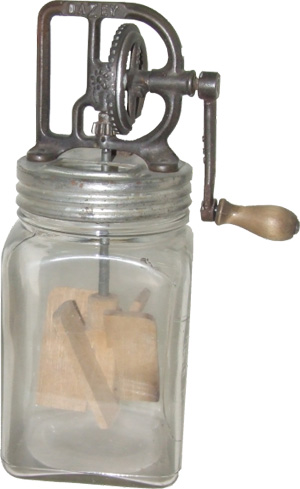
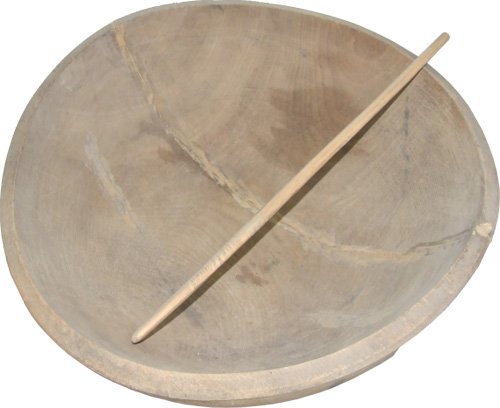
After being separated from the milk, cream is churned into butter using one of a variety of butter churns. Dye was often added to the cream to give the butter a yellow hue.
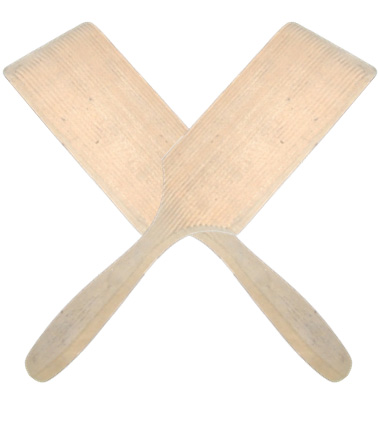
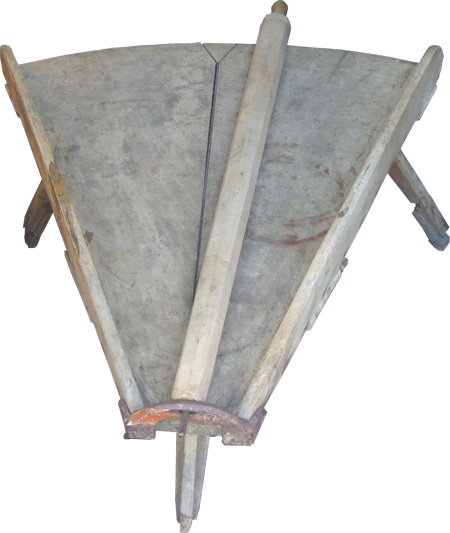
After churning excess buttermilk would be pressed out using paddles or a butter table like this one. Next, butter would be washed in cold water.
Finally, butter was pressed into pats, buttons or blocks using butter molds.
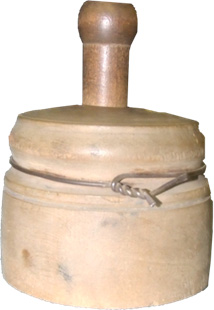
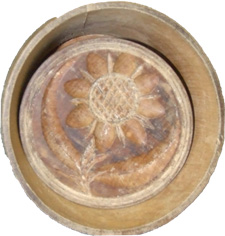
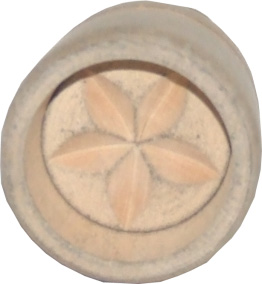
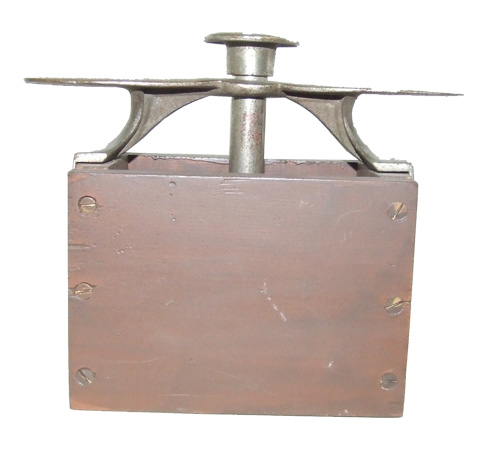
The mold on the far right produced bricks of butter. It was used on the paddlewheeler, the S. S. Charlotte which plied the Fraser River between 1896-1910..
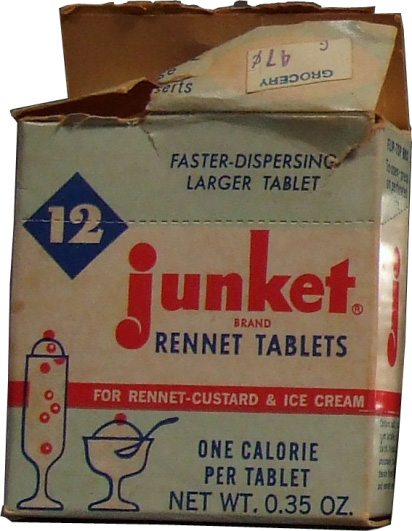
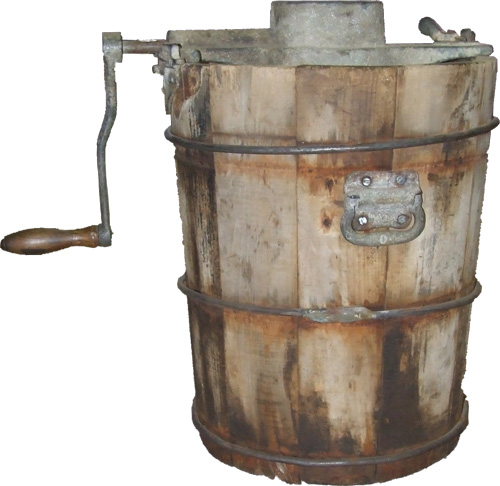
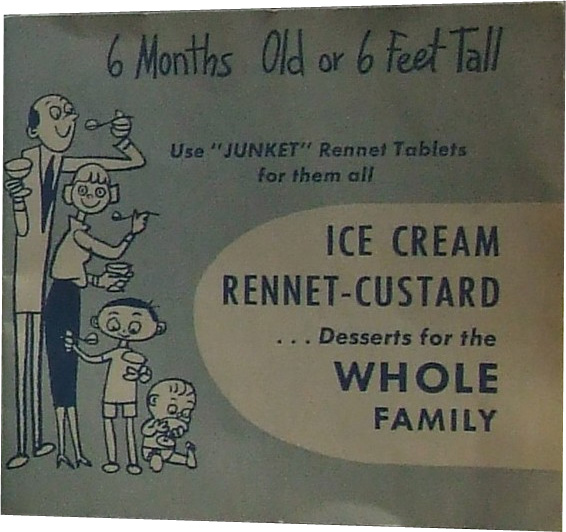
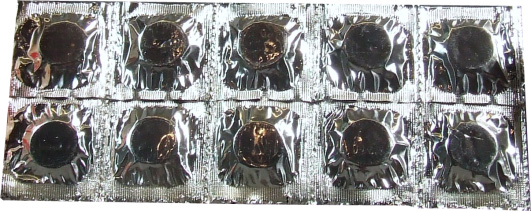
Ice cream was also made at home with fresh cream. Rennet tablets could be added to make cheeses and desserts smoother.
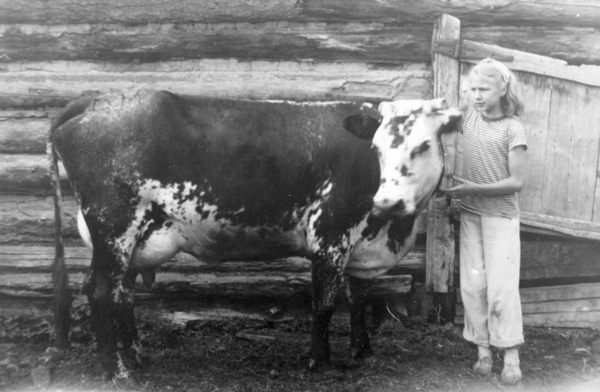
Freckle and Beth Pierce pose on the Carson Farm in 1947.
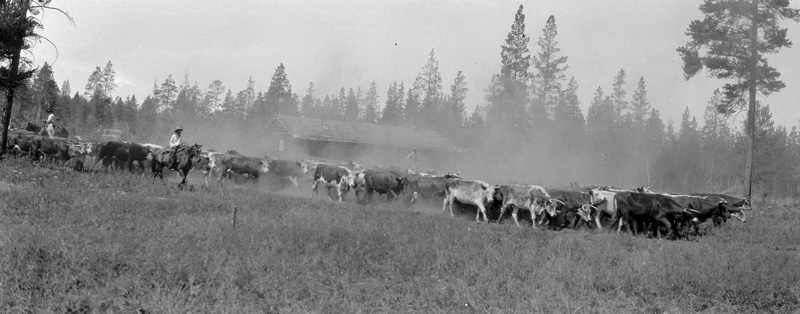
As the community grew, many farmers expanded their operations. From 1921-1962 the Cariboo Farmers' Institute operated a creamery. This allowed farmers to sell their surplus dairy while sharing the burden of processing and marketing the butter and other products made from their milk.
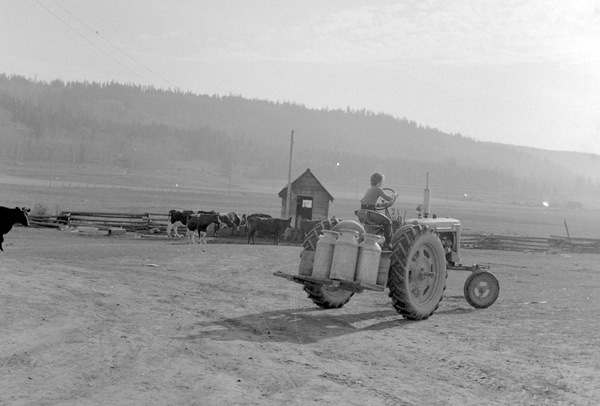
Click here to listen to a 1956 radio ad for the Cariboo Co-op Creamery.
( 36 sec )